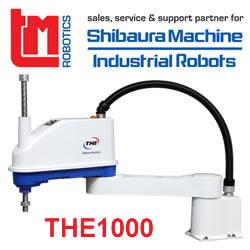Improving Materials Processing With Robotics
Powering the Future: NREL Research Finds Opportunities for Breakthrough Battery Designs
Year in Review: 2022's Top New and Emerging Technologies
FORVIA
Warehouse Robots and Why Flooring is Important
Why Do AGVs Need Reliable Motors?
How Remote On/Off Benefits Automation Applications
A Guide to Selecting the Right LiDAR Sensors
AGV or Conveyor - Which System Should You Choose?
2022 Top Article - Using Remote Operation to Help Solve Labor Shortage Issues in the Supply Chain
2022 Top Article - What Is Multipath Interference? How to Minimize It in Time-of-flight Cameras?
2022 Top Article - World's Largest Pasta Production Plant a Showcase for Integrated Robotics and Sustainable Distribution
2022 Top Article - Wireless Charging Enables Industry 4.0 Implementation with Mobile Robots
2022 Top Article - How Tesla Used Robotics to Survive "Production Hell" and Became the World's Most Advanced Car Manufacturer
When to Choose a 4pole DC Motor
Records 346 to 360 of 2058
First | Previous | Next | Last
Featured Product

TM Robotics - Shibaura Machine THE SCARA range
Robotics and Automation - Featured Company

